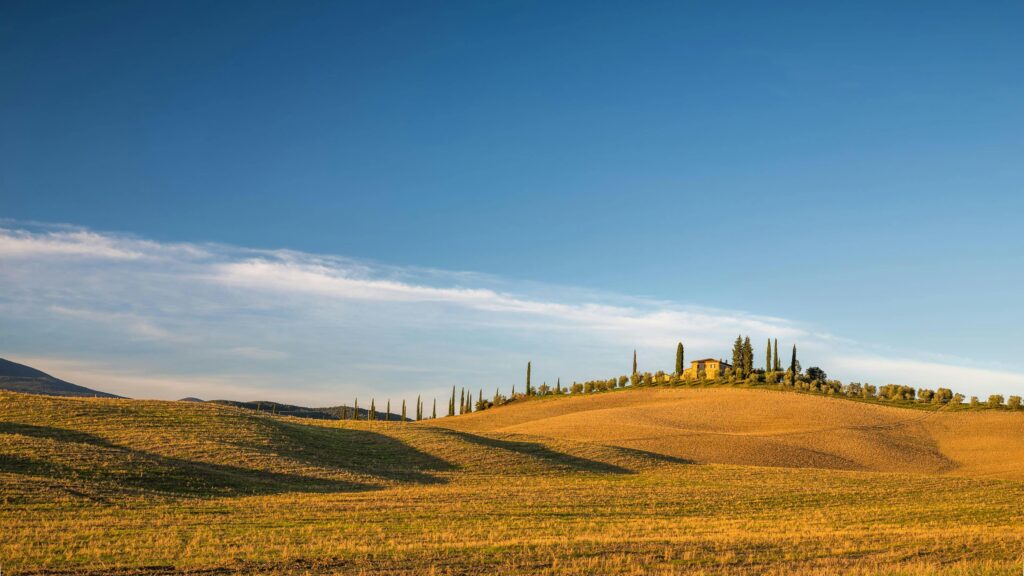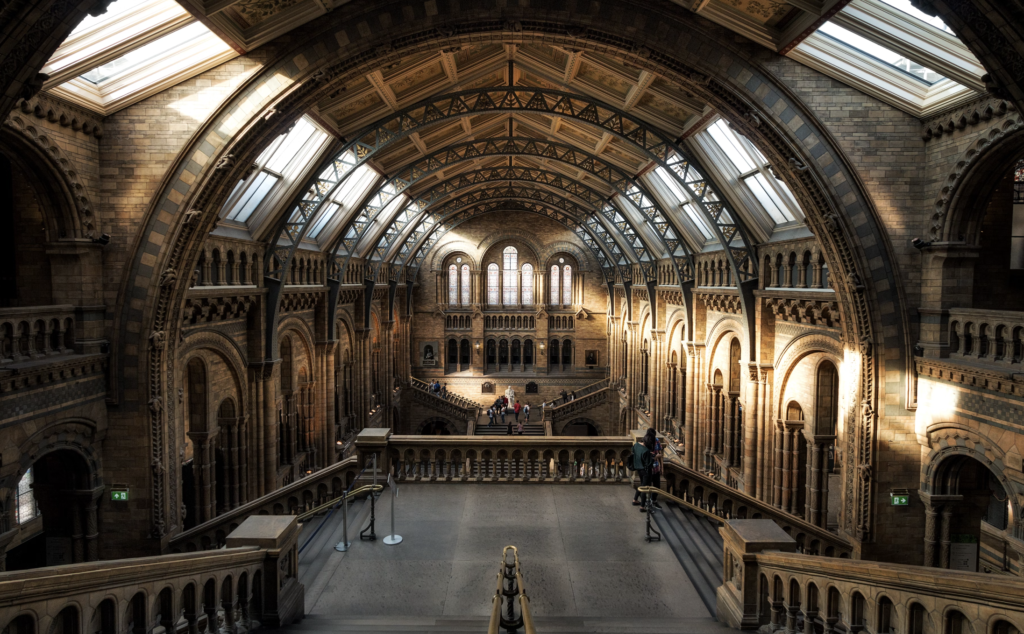Trains evoke a sense of adventure, a journey that allows you to soak in the landscapes, culture, and history of a place in ways no other mode of travel can. But sometimes, the journey begins even before the train departs—inside the train station itself. Across the globe, there are stations that are more than just a hub for transportation; they are iconic landmarks, architectural marvels, and historical treasures. Whether you’re a travel enthusiast, architecture lover, or history buff, these train stations are worth a visit. Here are the top 10 train stations around the world.
1. Grand Central Terminal - New York City, USA
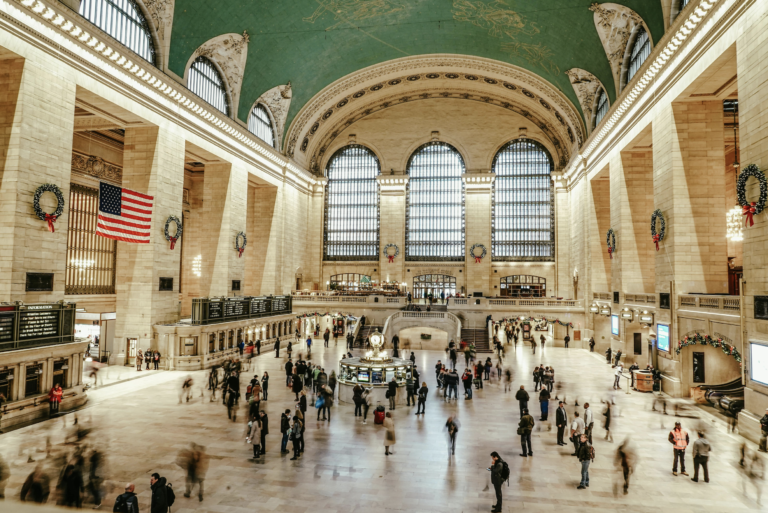
- Celestial ceiling with constellations
- Historic opal-faced clock
- Grand architecture and intricate detailing
2. St. Pancras International - London, England
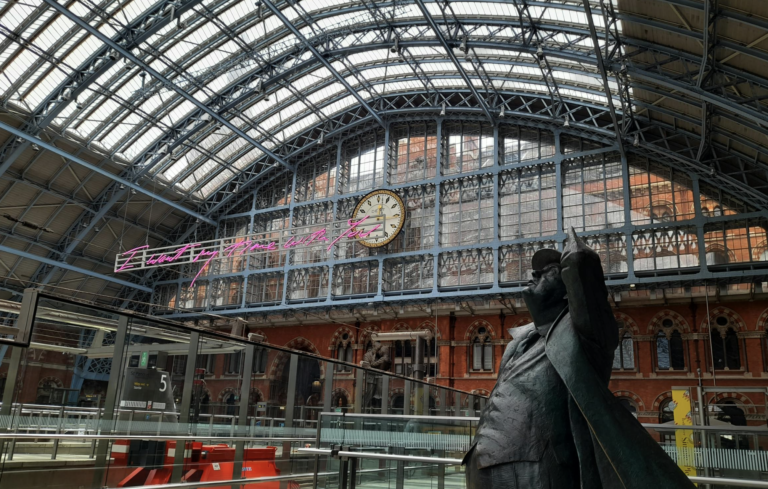
- Victorian Gothic architecture
- Home of the Eurostar service
- Stunning red-brick façade
3. Gare du Nord - Paris, France
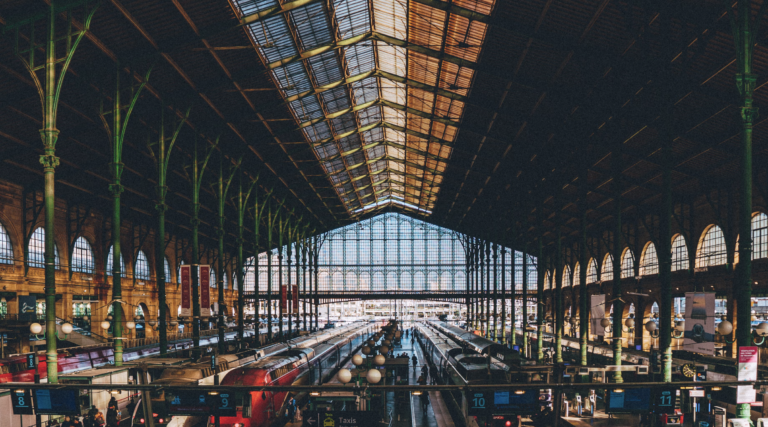
- Neoclassical façade with statues
- Gateway to international destinations
- Bustling Parisian atmosphere
4. Tokyo Station - Tokyo, Japan
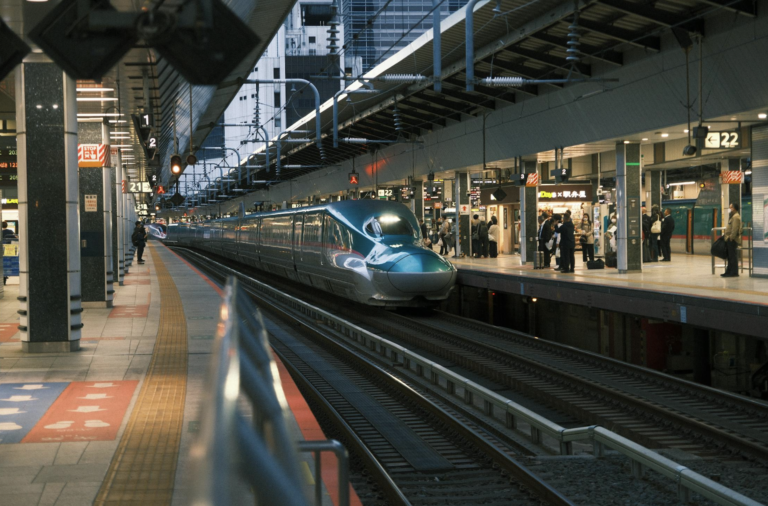
Tokyo Station is an architectural blend of old and new, reflecting Japan’s ability to seamlessly combine tradition with modernity. Opened in 1914, the station was designed in a European style with red brick and domes, contrasting with the ultra-modern skyscrapers surrounding it. It’s also the starting point for Japan’s famous Shinkansen (bullet trains).
- Red-brick façade with European design
- Historic domed structure
- Hub for Japan’s Shinkansen
5. Chhatrapati Shivaji Maharaj Terminus - Mumbai, India
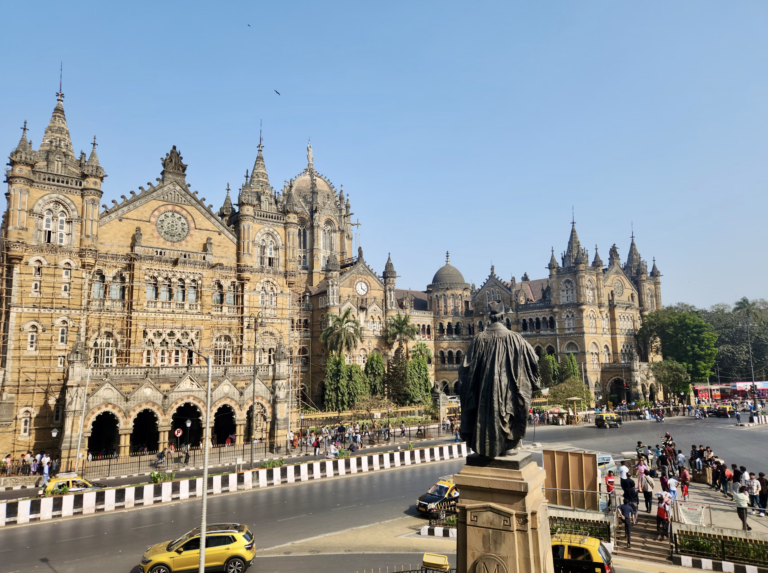
Formerly known as Victoria Terminus, this UNESCO World Heritage Site is a stunning example of Victorian Gothic Revival architecture combined with Indian influences. Opened in 1887, the station is one of Mumbai’s busiest, and its design is a fusion of traditional Indian and British architectural styles, making it a symbol of Mumbai’s colonial past.
Highlights:
- Victorian Gothic Revival architecture
- Fusion of Indian and British styles
- UNESCO World Heritage Site
6. Antwerp Central Station - Antwerp, Belgium
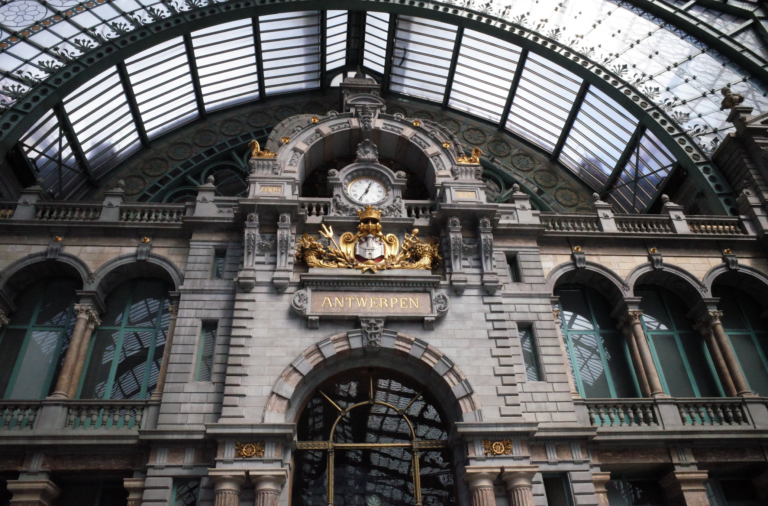
Known as the “Railway Cathedral,” Antwerp Central Station is a magnificent blend of architectural styles. Completed in 1905, the station features a huge dome, a grand staircase, and a lavish interior that showcases the opulence of the early 20th century. It’s considered one of the finest examples of railway architecture in Europe.
Highlights:
- Grand dome and staircase
- Lavish interior design
- Known as the “Railway Cathedral”
7. Helsinki Central Station - Helsinki, Finland

Helsinki Central Station is an iconic symbol of Finnish architecture. Designed by Eliel Saarinen and opened in 1919, the station is famous for its granite façade and two pairs of statues that hold spherical lamps, which have become a symbol of the city. The building is an excellent example of Nordic Art Nouveau.
Highlights:
- Grand dome and staircase
- Lavish interior design
- Known as the “Railway Cathedral”
8. Milano Centrale - Milan, Italy
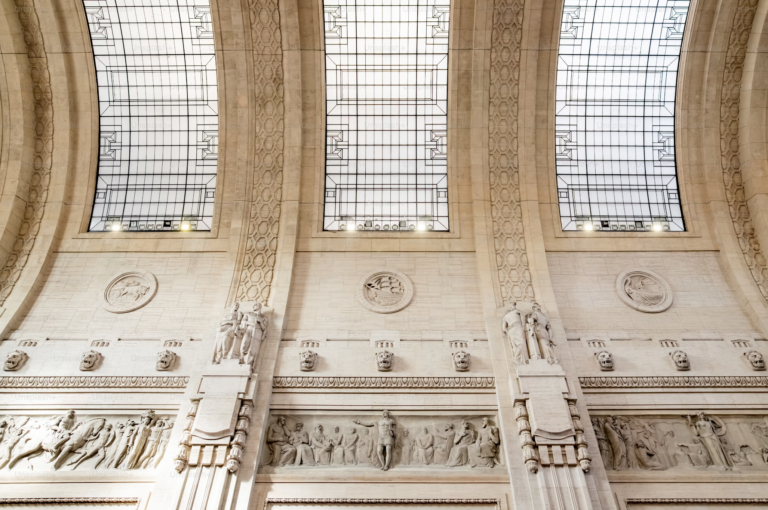
Milano Centrale is one of Europe’s largest and most monumental train stations. Opened in 1931, it’s a prime example of Italian rationalist architecture with a mix of Art Deco and Fascist elements. The grand scale of the station, with its towering façade and massive interior, reflects the ambition and pride of Italy during its construction.
Highlights:
- Monumental architecture
- Mix of Art Deco and Fascist styles
- Massive interior with towering ceilings
9. Estación de Atocha - Madrid, Spain
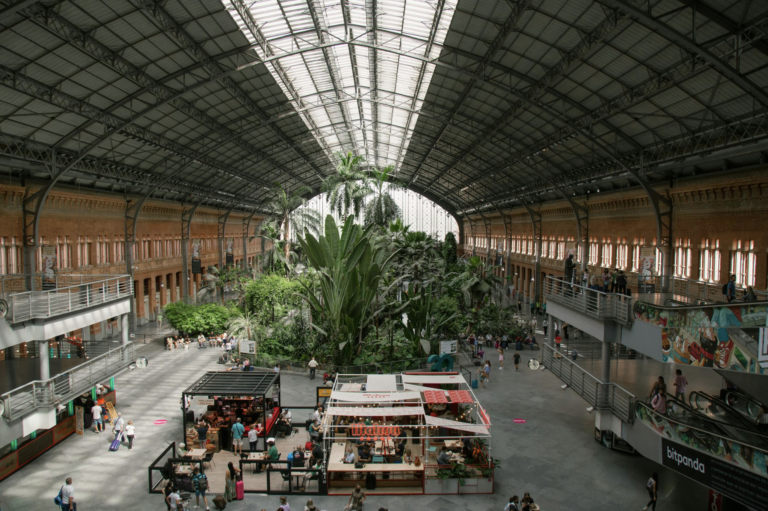
Atocha Station is Madrid’s largest and most historic train station. The original terminal was built in 1851, but what sets it apart is the tropical garden housed within its iron and glass structure, added during the 1992 renovation. Atocha is not just a transportation hub but a unique blend of history, nature, and architecture.
Highlights:
- Indoor tropical garden
- Historic iron and glass structure
- Spain’s largest train station
10. São Bento Station - Porto, Portugal
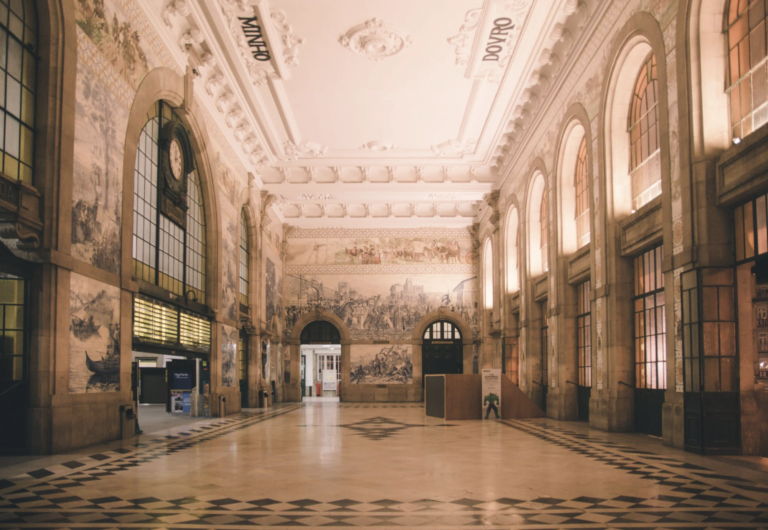
São Bento Station is renowned for its stunning azulejo tilework, which covers the walls of its entrance hall. Opened in 1916, the station’s tiles depict scenes from Portuguese history, creating a unique and artistic atmosphere. The combination of history, art, and functionality makes São Bento one of the most beautiful train stations in the world.
Highlights:
- Azulejo tile murals depicting Portuguese history
- Artistic and historic ambiance
- Central location in Porto
![]() Each of these train stations tells a story—not just of the destinations they connect, but of the culture, history, and artistry of the cities they serve. Whether you’re traveling through them or simply visiting, these stations offer a glimpse into the soul of a place, making your journey all the more memorable.
Each of these train stations tells a story—not just of the destinations they connect, but of the culture, history, and artistry of the cities they serve. Whether you’re traveling through them or simply visiting, these stations offer a glimpse into the soul of a place, making your journey all the more memorable.
Have you visited any of these stations? What was your experience like?
